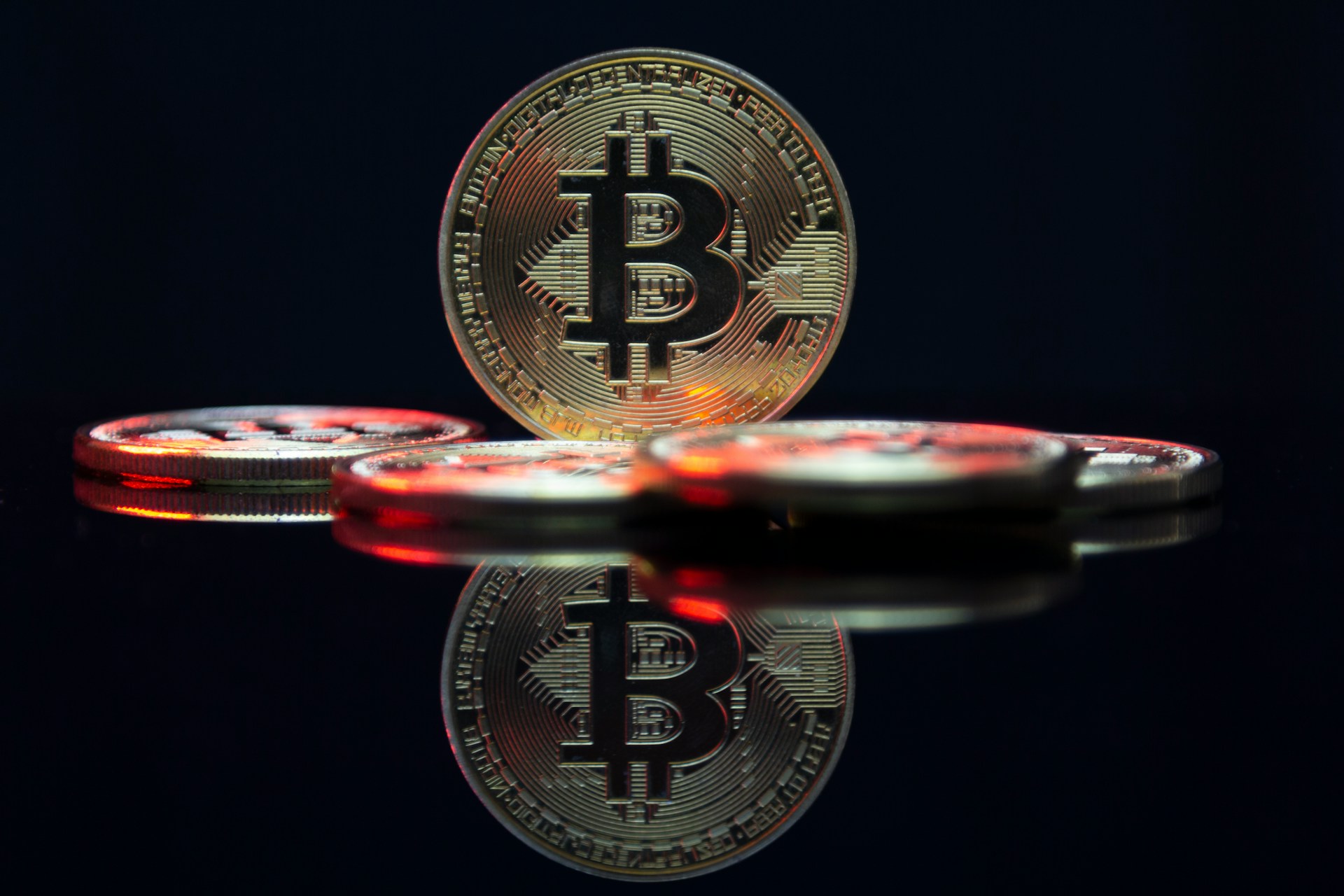The Bank for International Settlements (BIS) – often dubbed the “central bank of central banks” – issued its strongest warning yet on 24 June 2025, cautioning that stablecoins, while popular, fail three essential tests for sound money and could jeopardise financial stability and monetary sovereignty. Despite operating close to a dollar peg and dominating with $260 billion in assets, stablecoins lack the “singleness” afforded by fiat, are inflexible in supply (“elasticity”), and fall short on “integrity” due to weak anti‑money‑laundering controls.
BIS Economic Adviser Hyun Song Shin evocatively compared them to 19th‑century private banknotes – sometimes trading at a discount and posing the risk of “fire‑sales” when redemption fails, as seen in the collapse of TerraUSD in 2022. The lack of central‑bank settlement means these digital coins could trigger capital flight in emerging markets, undermining national monetary control.
In response, the BIS is urging central banks to accelerate the tokenisation of their currencies, embedding central bank reserves, commercial bank deposits, and government bonds into a unified, interoperable digital ledger. Known as Project Agora, this initiative brings together seven central banks and 43 private institutions to build a secure, programmable payment system aligned with core monetary values.
For financial institutions and regulators within the BFSI sector, the BIS message is crystal clear: while stablecoins offer efficiency and programmability, their structural shortcomings mean they cannot replace central‑bank‑backed money or maintain financial stability. Instead, banks and policy‑makers should focus on advancing tokenised central bank digital currencies (CBDCs) that meet regulatory requirements and preserve financial integrity. As this debate evolves, industry stakeholders will need to advocate for frameworks that integrate innovation without weakening the foundations of trust in our monetary system.


